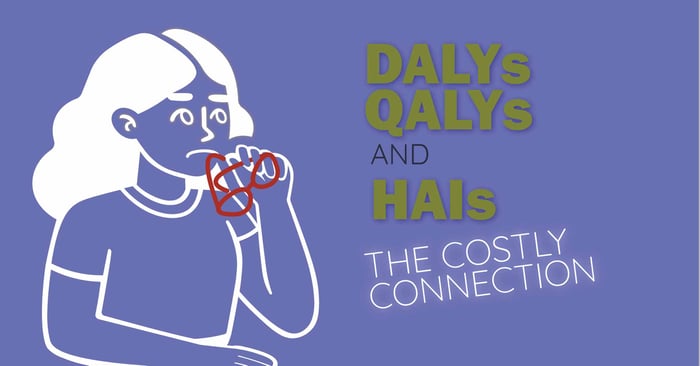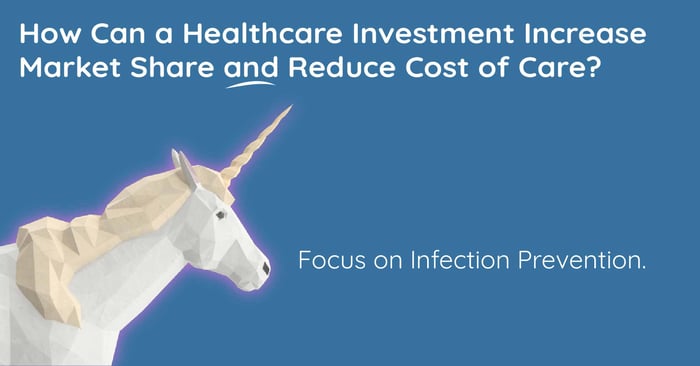3 min read.
DALYs and QALYs + HAIs: The Costly Connection
In our previous posts about DALYs and QALYs, we have defined the terms and presented how the healthcare field calculates these two measures of...
![EOScu Logo - Dark - Outlined [07182023]-01](https://blog.eoscu.com/hubfs/Eoscu_June2024/Images/EOScu%20Logo%20-%20Dark%20-%20Outlined%20%5B07182023%5D-01.svg)










